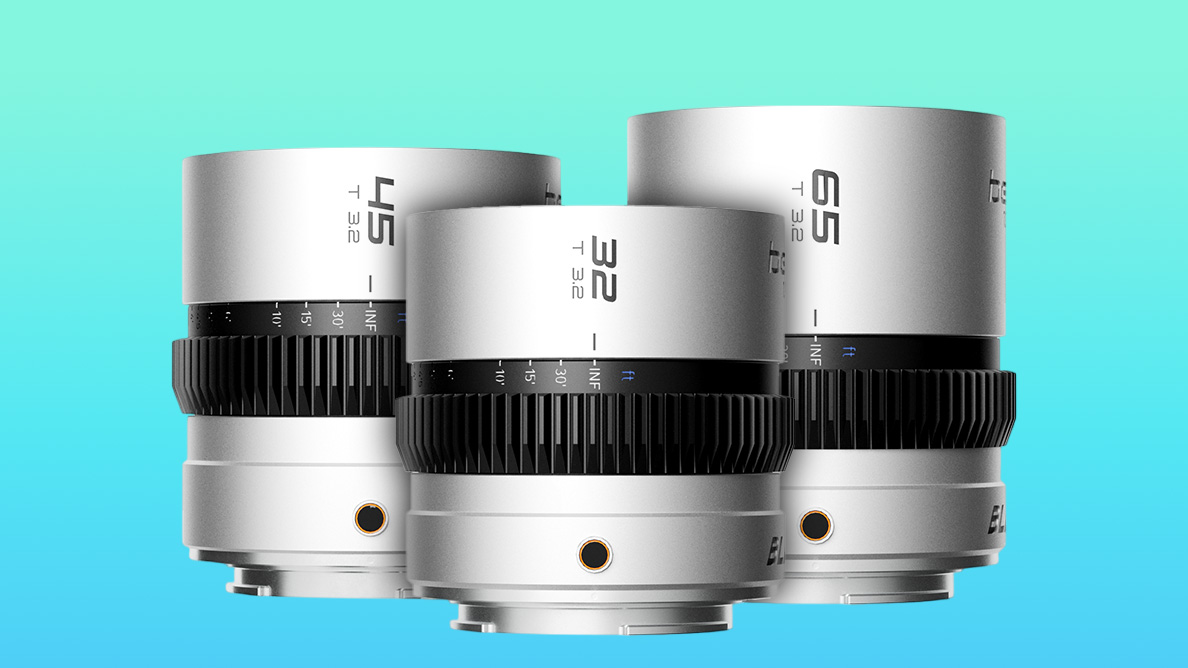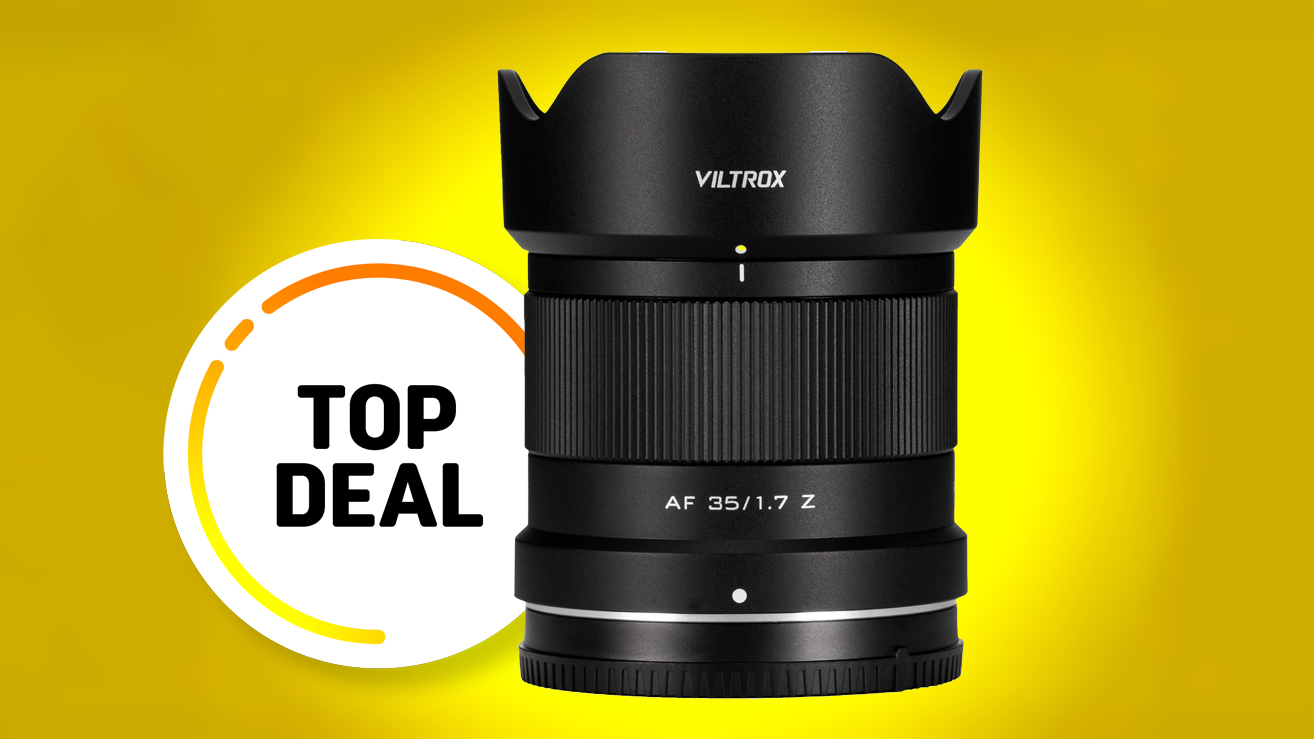Blazar has made the first practical anamorphic lenses for photographers – and they’re unlike any lens I’ve ever seen before
The Blazar Beetle 1.33x Anamorphic Lens series rotates to provide horizontal and vertical anamorphic imagery, with most major camera mounts supported

The Blazar Beetle 1.33x Anamorphic Lens series is a range of affordable, full-frame anamorphic optics that boast the unique ability to accommodate both horizontal and vertical anamorphic shooting via a rotating mechanism.
That's right: a button on the side enables you to physically rotate the barrel, resulting in four different anamorphic framings.
The series consists of 32mm, 45mm and 65mm lenses, all with fixed T3.2 apertures. Official prices haven’t yet been released but, according to a YouTube video by cammackey, expect prices to be roughly $500 / £375 / AU$780.
That’s an incredible deal, considering that the anamorphic lenses can be notoriously expensive. And it’s certainly low enough to tempt a few photographers into the traditionally video-centric world of anamorphic lenses.
And what sweetens the deal for stills shooters is the vast range of mounts on offer, with Sony E, Canon RF, Nikon Z, Fujifilm X and L-Mount all supported.
The best anamorphic lenses (and the best cine lenses in general) tend to be rather chunky, but Blazar is describing the Beetle as a “full frame pancake”. And while I certainly wouldn’t consider any of the variants a pancake lens, the lightest and smallest (the 45mm) weighs just 0.59lbs / 266g and is only 60mm in length. That’s ‘nifty fifty’ territory.
YouTuber Mathieu Stern has released a video (below) of the 45mm Beetle in action and, far from a gimmick, this looks like a very usable little optic. Best of all, it’s targeted towards filmmakers and photographers with its small form factor, affordable price tag and versatility making it a practical proposition for creative photography.
The best camera deals, reviews, product advice, and unmissable photography news, direct to your inbox!
ABOVE: Watch the unique Blazar Beetle in action
So, how does it work? Well, with the camera held horizontally and the lens mounted in its standard position – ovular optic vertical – you get a traditional wide-screen image with horizontal lens flares.
Rotate the lens 90° – ovular optic horizontal – you get a more square crop with vertical lens flares, which Mathieu calls an “IMAX look,” which for photographers is more akin to medium format framing.
Hold the camera in portrait orientation and return the lens to its default setting – ovular optic vertical – and you get perhaps the most useful look of all, if you shoot video for social media: a tall, portrait-orientation image that’s ideal for TikTok and Instagram Reels, with horizontal lens flares.
And finally, maintaining the same camera position, you can rotate the lens to return to the more square aspect ratio, but with horizontal lens flares.
If you’re wondering, what is an anamorphic lens? These specialist pieces of equipment use ovular optics to squeeze a super-wide field of view onto the camera’s sensor. As such, anamorphic footage and images have to be ‘desqueezed’ using editing software to restore the image.
Anamorphic lens manufacturers indicate how much the image is squeezed, using a ‘desqueeze’ factor. In the case of the Blazar Beetle 1.33x Anamorphic Lens, that’s what 1.33x is referring to.
These fixed T3.2 topics certainly aren’t the fastest anamorphic lenses in the business but, when you consider their compact size and affordable price point, I certainly wouldn’t have any complaints. And looking at Mathieu's imagery and footage, you get that classic soft-around-the-edges anamorphic look, too, which makes everything look oh-so cinematic.
You might also like...
For more from Blazar, check out our Blazar Cato Anamorphic lenses review along with the company's release of the "world’s first" autofocus 1.33x anamorphic lenses. And take a look at the best anamorphic lenses.

Mike studied photography at college, honing his Adobe Photoshop skills and learning to work in the studio and darkroom. After a few years writing for various publications, he headed to the ‘Big Smoke’ to work on Wex Photo Video’s award-winning content team, before transitioning back to print as Technique Editor (later Deputy Editor) on N-Photo: The Nikon Magazine.
With bylines in Digital Camera, PhotoPlus: The Canon Magazine, Practical Photography, Digital Photographer, iMore, and TechRadar, he’s a fountain of photography and consumer tech knowledge, making him a top tutor for techniques on cameras, lenses, tripods, filters, and more. His expertise extends to everything from portraits and landscapes to abstracts and architecture to wildlife and, yes, fast things going around race tracks...
You must confirm your public display name before commenting
Please logout and then login again, you will then be prompted to enter your display name.

